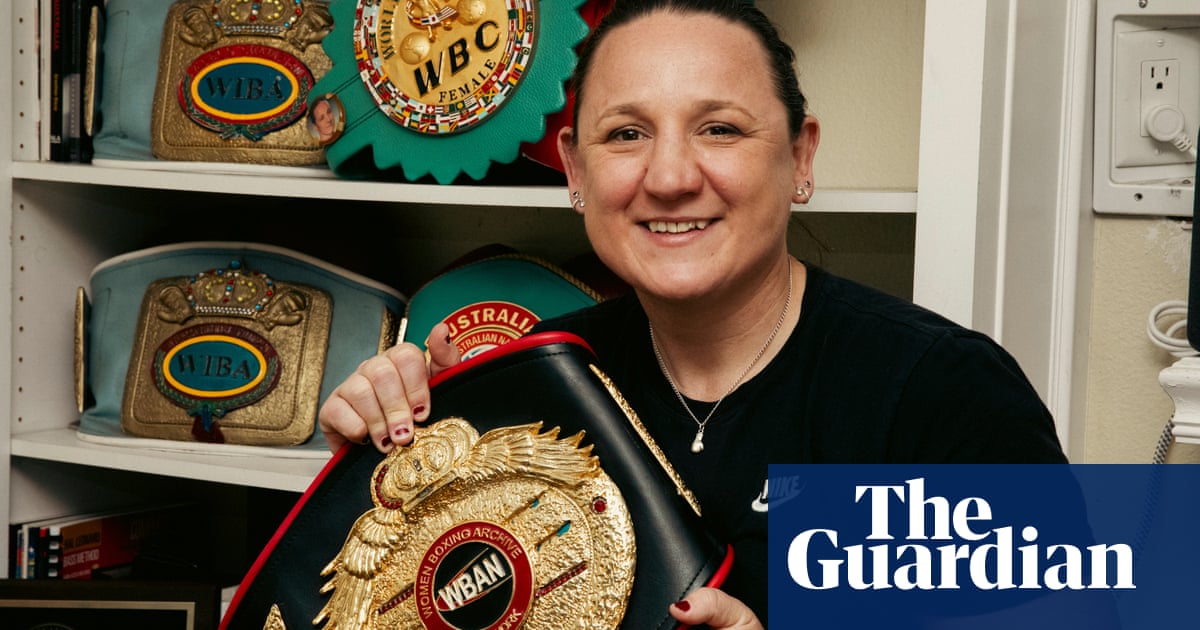Rich, dark and squidgy, this cake is very much an after-dinner, rather than an afternoon-tea affair – something you’ll need a fork for, and quite possibly a spoon, too. Somewhere between a cake and a mousse, it’s the perfect end to an Easter celebration (serve with creme fraiche and chilled sliced blood oranges) and a great make-ahead dessert at any time of year.
Prep 35 min
Cook 40 min
Serves 8-10
260g dark chocolate
Neutral oil, baking spray or butter, for greasing
260g butter
1 tbsp strong brewed coffee
8 eggs
100g soft light brown sugar
160g caster sugar
85g cocoa powder
½ tsp fine salt
2 tbsp cocoa nibs (optional)
1 Break up the chocolate

Break or chop the chocolate into chunks (I favour one with about 70% cocoa content for this, but your taste may differ). I find that whacking it still in its packaging on a hard surface is the most satisfying way to do this, but otherwise a serrated knife such as a bread knife is the most effective tool, followed by a heavy cleaver.
2 Grease and line the cake tin

Using neutral oil, baking spray or extra butter, lightly grease a loose-bottomed 23cm cake tin (if you don’t have one exactly that size, it’s always better to go with something smaller and be prepared to bake the cake for slightly longer, to account for the increased depth of batter), then line with greaseproof paper.
3 Melt the chocolate and butter

Dice the butter, then put it in a heatproof bowl with the chopped chocolate, and set this over a saucepan of simmering water – make sure the base of the bowl is not touching the water, or you risk burning the chocolate. Give the mix an occasional stir until they’ve melted together. (Alternatively, microwave on low or medium power in 30-second bursts, stirring between each, until melted.)
4 Flavour the chocolate
Make the coffee (instant is fine), if necessary, stir a tablespoon into the melted chocolate mix (drink the rest as a cook’s perk), then leave to cool slightly. Heat the oven to 180C (160C fan)/350F/gas 4.
Separate the eggs: I usually break them all into a large bowl and just scoop out the yolks, but if you’re worried about breaking the yolks, crack each egg one by one into a small bowl before separating them.

5 Beat the egg yolks and sugars
Put the egg yolks and both sugars in a food mixer and whisk, scraping down the sides as necessary, until thickened, pale yellow and at least doubled in volume.

The mix should fall in broad ribbons from the whisk (or use a large bowl and hand beaters or, if you’re feeling energetic, a hand whisk).
6 Add the cocoa and salt
Turn off the machine, then sift the cocoa powder on top of the egg mixture (don’t just dump it in or you’ll end up with lumps).

Add the salt and any other flavourings you might fancy – a pinch of cinnamon, nutmeg, ground cardamom, chilli, or a dash of vanilla, for example – then mix on a low speed until thoroughly combined.
7 Whip the egg whites
Put the egg whites in a large bowl (you’ll need one that’s big enough to hold all the cake batter eventually) and whisk to soft peaks that hold their shape but flop over at the top.

If you have only one whisk, make sure you wash and dry it very well after using it for the egg yolk and cocoa mixture).
8 Combine the chocolate and eggs
Using a large metal spoon, slowly and gently fold the melted chocolate mixture into the egg yolk mixture.

Fold in a third of the egg whites to loosen the batter, then very carefully and gently fold in the rest, until the mixture is no longer streaky but an even, rich brown. Sprinkle the cocoa nibs, if using, on top.
9 Bake and cool

Spoon the cake mix into the lined tin, then bake for 40-50 minutes, until just set on top, but still wobbly in the centre. Remove and leave to cool in the tin – and on no account attempt to unmould while it’s still warm.

Store in a cool place (avoid refrigeration, if possible) and serve with something tart, such as citrus fruit and/or creme fraiche.

.png) 11 hours ago
7
11 hours ago
7













































